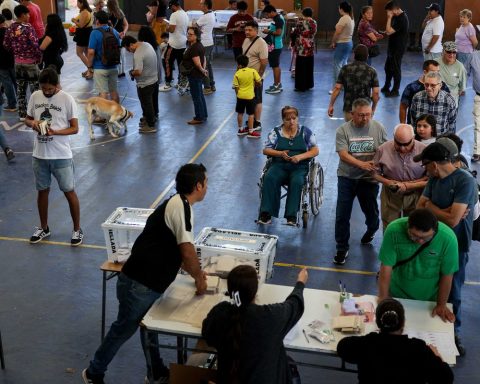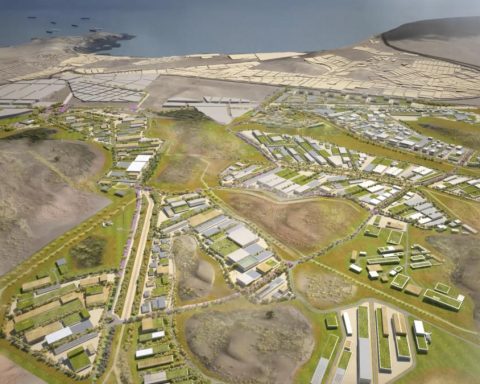The Information Center for the Coordination of Ponto Br (Nic.Br), linked to the Internet Management Committee, and the National Council of Municipal Health Departments (Conasems) launched this Wednesday (30) a project to monitor the quality of the connection to the internet in health facilities.
The platform, which was named “Connectivity in Health”, will map which public health establishments have access to the Internet and how the situation is in each of these places.
the platform is available and can be accessed by anyone, not just health managers. But the meters were installed in four states in the pilot phase of the project: Roraima, Espírito Santo, Rio Grande do Norte and Paraná.
Information from health and connectivity databases will be cross-referenced. An Internet signal meter called Simet, developed by NIC.Br, will be used. This technology serves both fixed and mobile broadband.
Bandwidth, latency and information loss during data transfer will be evaluated. “All these metrics need to be considered when evaluating the quality of the internet, as they impact the user experience and the type of activity that can be done”, explains Cristiane Millan, who worked on the development of the tool.
In Health, for example, sending a medical record or data about a patient requires less than a video call for an appointment or even for the performance of a procedure (such as remote assistance during surgery). Therefore, the importance of mapping the quality of the connection in each unit.
The vice president of Conasems, Cristiane Pantaleão, reported cities that suffer from the quality of the internet connection, which makes it difficult for services such as electronic medical records to work.
“We have this problem [de qualidade do acesso à internet] all over the country. This makes the work of municipal and state health departments and the Ministry of Health difficult. We don’t know where the quality is better, where it’s worse and how to support it. So this initiative is welcome,” he said.
Alexandre Barbosa, from NIC.Br, highlighted that the use of digital technologies has grown in recent years, especially driven by the pandemic and the restrictions imposed by it, such as distancing measures.
He stressed that the production of data is essential to assess the situation of a sector and so that managers can identify problems, understand the performance of policies and make decisions.
“Producing data so that we can monitor the status of progress in the adoption of digital technologies in healthcare is critical. Without data there is no visibility. If you cannot measure the quality of the connection, there is no political debate, it is not possible to make public policies based on evidence”, he pointed out.

















